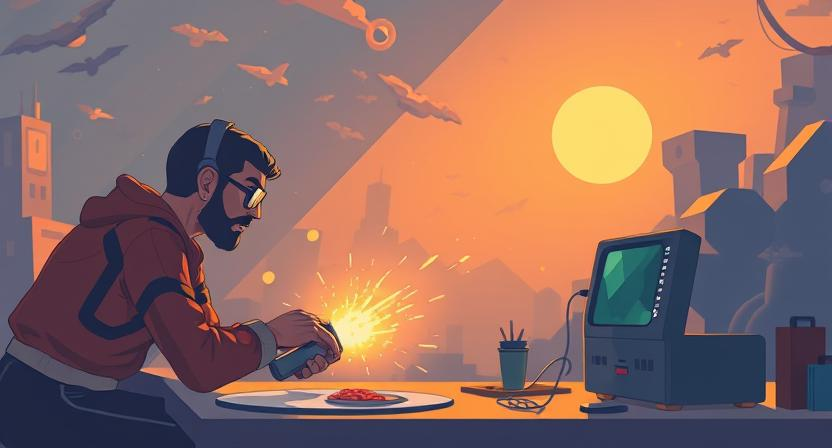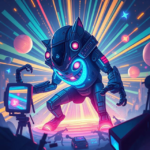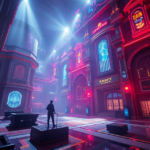Recent Categories
Recent Posts
Post Archive
-
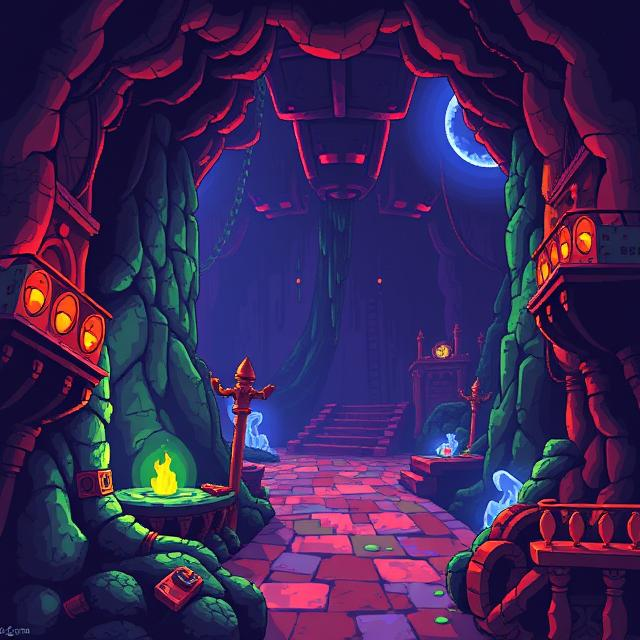
Tools for Creating Roguelike and Dungeon Crawler Games
Roguelikes and dungeon crawlers are genres that thrive on procedural generation, randomized content, and tight gameplay loops. From The Binding of Isaac to Dead Cells and Darkest Dungeon, these games rely on systems that generate fresh challenges with every playthrough. Specialized tools can help build such systems efficiently. Core features in these genres often include:…
-

Physics-Based Puzzle Game Development Tools
Physics-based puzzle games challenge players to manipulate objects and environments using realistic simulations—think Portal, World of Goo, Human: Fall Flat, or Poly Bridge. Developing such games requires precise and flexible tools that simulate gravity, collisions, joints, and object behavior. Most game engines now come with built-in physics engines: For puzzle mechanics, developers often use: Toolkits…
-
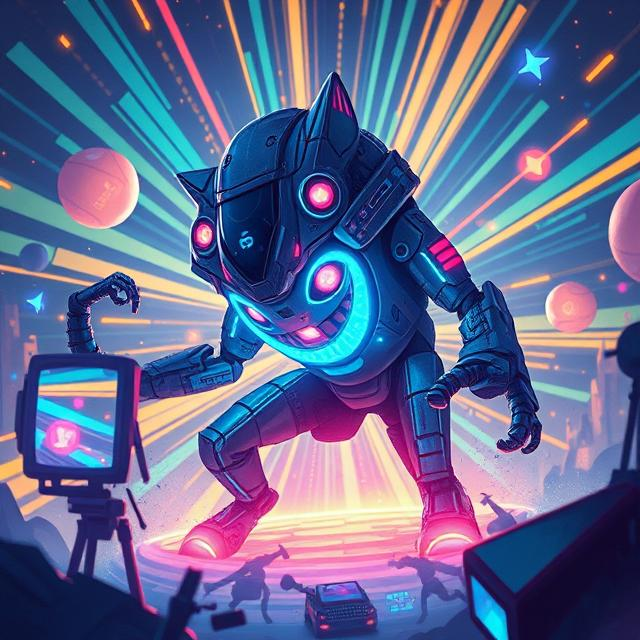
The Impact of AI-Assisted Game Design Tools
Artificial Intelligence is no longer just something that lives inside NPCs—it’s increasingly embedded in the tools that help create games. AI-assisted game design is transforming how developers approach level design, asset generation, QA, and even creative writing. Some areas where AI is making a major impact: While AI won’t replace designers, it acts as a…
-

Software for Storytelling in Narrative Games
Narrative-driven games rely on compelling storytelling—rich characters, emotional arcs, branching dialogue, and immersive worlds. To manage this complexity, developers turn to specialized storytelling and dialogue tools that help organize, visualize, and implement narrative elements effectively. Popular storytelling tools include: These tools often allow writers to work independently from programmers by separating story structure from game…
-
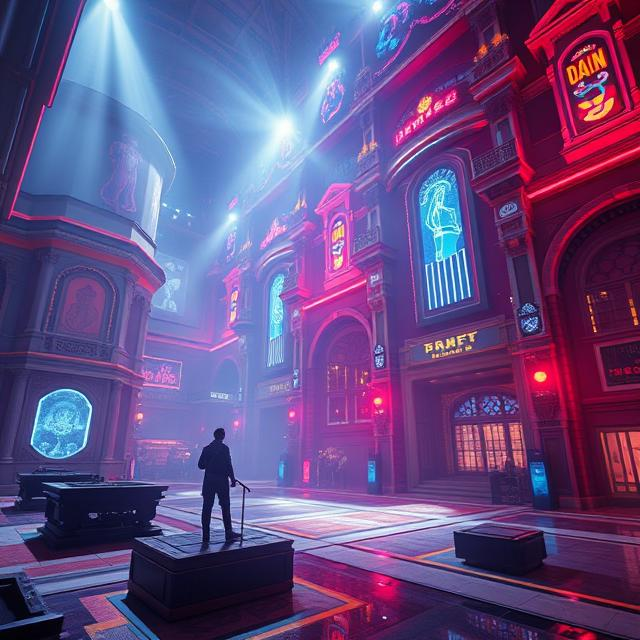
Building Game Logic with Visual Scripting (e.g., Blueprints in Unreal)
Visual scripting is a method of programming that allows developers to create game logic using graphical nodes and connections instead of writing code line by line. It’s particularly popular among designers, artists, and developers who want to prototype or build game mechanics without deep coding expertise. One of the most powerful and widely used visual…
